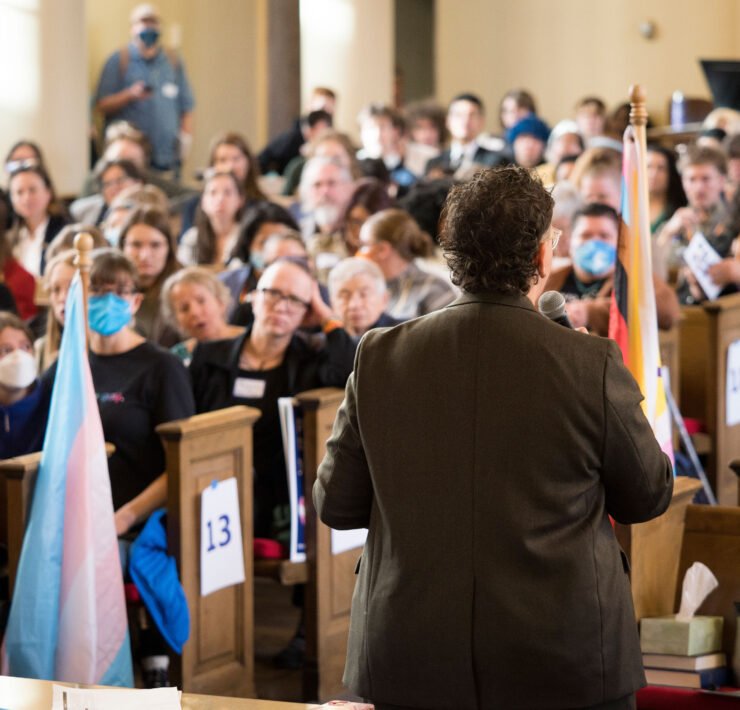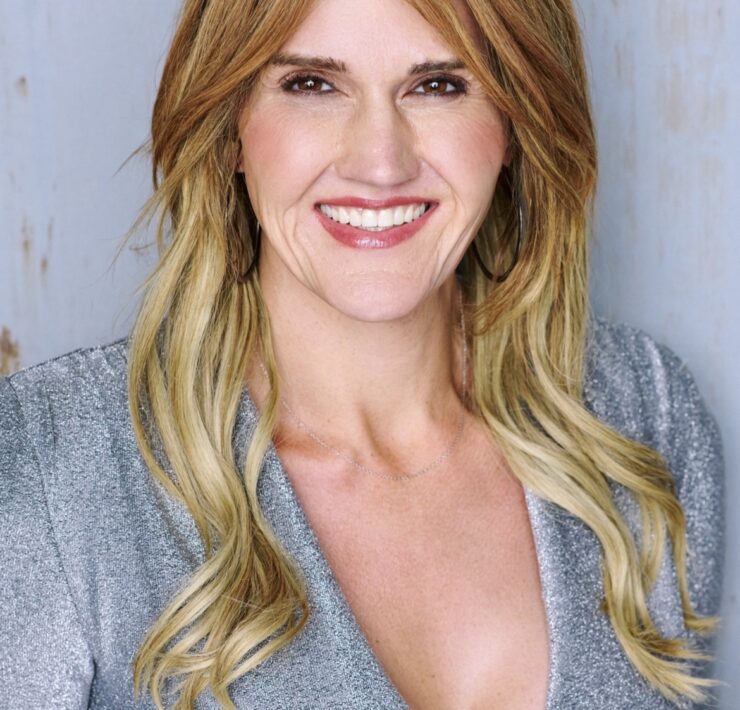Most LGBTs aren’t out to doctors, Colorado survey shows

Matthew Pizzuti Out Front Colorado's former managing editor.
A survey of LGBT health care experiences found fewer than half of LGBT Coloradans and only 30 percent of transgender respondents report sufficient access to “friendly” health care providers.
One Colorado, a statewide LGBT advocacy group, released results Sept. 26 from its 2011 LGBT Health Survey to Out Front Colorado and small group of policy experts, health care practitioners and community members. The survey had 1,193 Colorado respondents share their experiences with doctors, how often they access health care and their top priorities for improving care.

One Colorado’s director Brad Clark said he heard “heartbreaking stories” about discrimination in the healthcare system from focus groups held before the survey, and in comment sections on the survey itself.
Among the stories: one respondent said that physicians “assume I’m mentally ill because I’m transgender … instead of taking my health issues seriously, I get brushed off as just needing psychological help. I haven’t been able to get the help I need for my health problems.”
One Colorado provided several comments from the survey, withholding names.
One respondent wrote, “Doctors … don’t want to acknowledge us as a couple,” while another complained that a provider awkwardly kept referring to her committed partner as a “lady-friend.”
Yet another respondent said a doctor didn’t want to touch her after learning she was a lesbian.
Some comments described experiences with doctors who lack knowledge in LGBT health concerns – particularly with trans patients.
“I haven’t met a single doctor who knows more about HRT [Hormone Replacement Therapy] than I do, and that seems backward,” said one responder.
The survey questions were based in part on concerns One Colorado heard in focus groups held throughout the state, Clark said. In the survey, One Colorado sought to understand how being “out” to a provider is connected to a patient’s perceptions on whether her or his physician is LGBT-friendly, and how those factors relate to the patient’s experiences and quality of care.
“We gained insight in how to fix it,” Clark said.
A steering committee of experts and LGBT people will analyze the data and make recommendations later this year.
“Institutional policy change is going to be our focus,” Clark said.
Clark said recommendations might include things like training for providers, improving intake forms in doctors’ offices, and making hospitals and the LGBT community aware of their rights – including a 2010 executive order from President Obama expanding LGBT visitation rights in hospitals.
“This conversation is not in a vacuum,” Clark said. “Similar conversations are going on at a national level.”
A concern that stood out in the survey’s findings, Clark said, was that LGBT people who don’t think their doctor is “friendly” may be discouraged from seeking care. Of respondents who said their own doctor is “LGBT-friendly,” 72 percent saw one in the past six months.
Of those remaining, only 41 percent have seen a doctor in the same period.
The survey also found that 19 percent of transgender respondents haven’t seen a doctor in more than two years, and 53 percent said a doctor’s refusal to provide services to LGBT people has been a problem.
The survey’s sample – reached mostly online in both English and Spanish – reported higher income and educational achievement than is found in the general population. For example, the Census Bureau reported in 2010 that roughly 28 percent of Americans age 25 and older have a bachelors’ degree or higher, while 72 percent of One Colorado’s survey respondents did.
That highlighted some of the challenges of gathering accurate information from the LGBT community, especially from LGBT people without Internet access and those who are closeted.
Respondents also had a higher rate of health insurance coverage – only 10 percent of respondents as a whole were uninsured – than is found in other surveys of the general population. But 15 percent of LGBT people of color and 27 percent of the transgender respondents were uninsured.
The behavioral risk factor survey from the Colorado Department of Public Health – which began asking about sexual orientation in 2006 – suggests health insurance coverage rates for LGBT people in Colorado are similar to the general population.
Clark said that the health insurance system is “broken,” but One Colorado is better positioned to address relationships between LGBT people and their doctors.
Part of that relationship is a doctor being aware a patient is LGBT. Of survey respondents who considered their own doctors to be “friendly,” 57 percent reported it was because doctors specifically asked about sexual orientation or gender identity.
“Which should come first,” Clark asked rhetorically, “should you come out to your provider, or should your provider demonstrate [LGBT]-friendliness? My hope for what will come out of the recommendations is both – we can meet somewhere in the middle.”
What's Your Reaction?
Matthew Pizzuti Out Front Colorado's former managing editor.










